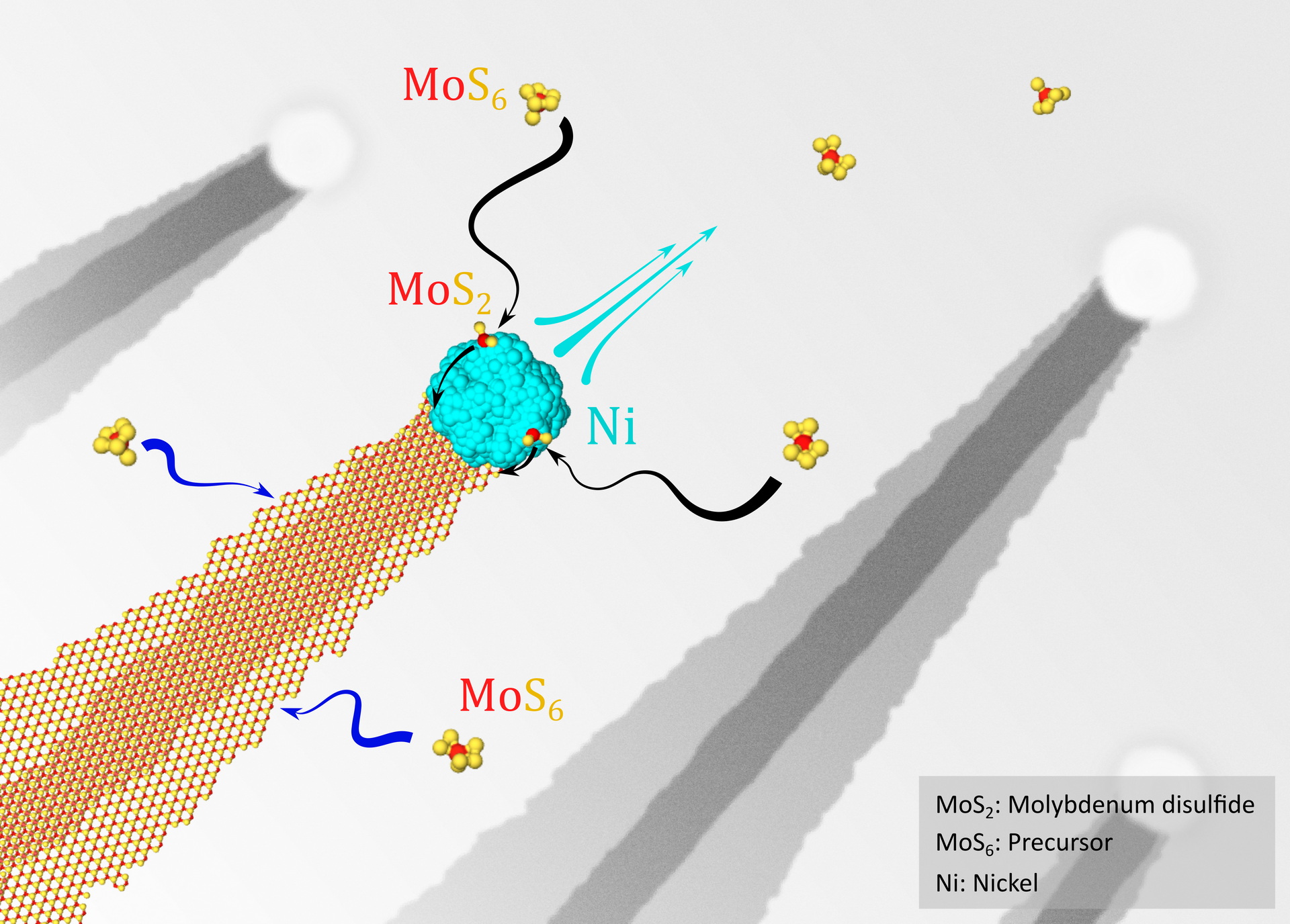Scientists from the Honda Research Institute USA (HRI-US), along with collaborators from major US Universities, have synthesized a two-dimensional “nanoribbon.” Just one atom thick, the ribbon-shaped material has broad implications for the future of quantum computing, the automaker says.
HRI-US is interested in quantum computing because of the improvements it will allow in measurement precision. The technology also allows computers to perform “simultaneous computations” beyond what can be done with existing technology.
The fabrication of reliable materials, though, has long been a challenge. Now, though, HRI-US with collaborators from Columbia and Rice Universities, as well as Oak Ridge National Laboratory, have co-authored a new paper on the topic that has been published in the journal Science Advances.
Read Also: Volkswagen Using Quantum Computers To Advance Battery Tech
The “two-dimensional” material is made of a single or double layer of atoms and Honda has demonstrated the ability to control the width of these materials to sub-10 nanometers. That results in quantum transport behavior at much higher temperatures compared to materials grown using other current methods.
The team showed that its material can perform quantum electron transport, known as Coulomb blockade oscillation, at temperatures of about 60 Kelvin (-352F), whereas materials synthesized by conventional methods can only do so at temperatures of 4 Kelvin (-452F). That, says Honda, paves the way for more energy-efficient quantum devices.
“Our novel growth technology introduces the width as an additional degree of freedom in the atomically thin layered materials revealing and engineering their rich new electronic behaviors,” said Dr. Avetik Harutyunyan, senior chief scientist at HRI-US and the corresponding author of the paper in Science Advances. “The potential applications are extremely broad. We see immediate opportunities for the applications in the high speed, low-energy consumption electronics, spintronics, quantum sensing, quantum, and neuromorphic computing.”
Although the two universities and the national laboratory contributed to the research, the material in question was actually synthesized at HRI-US.





